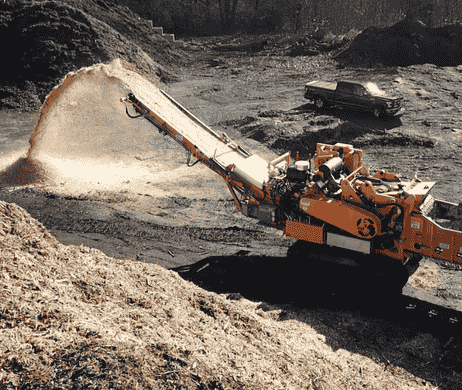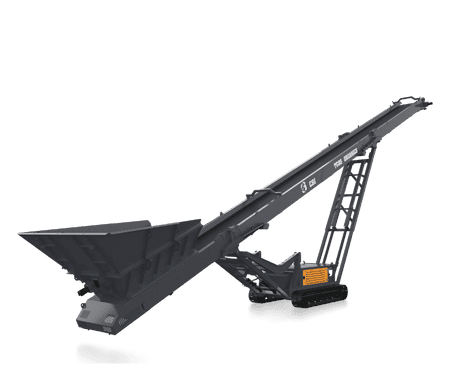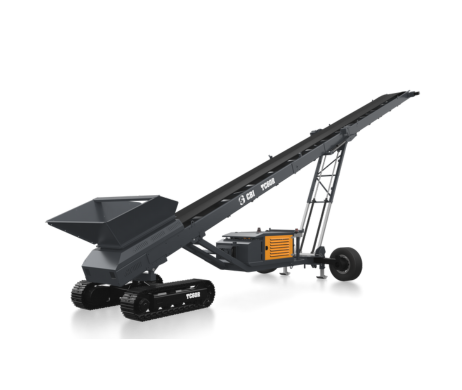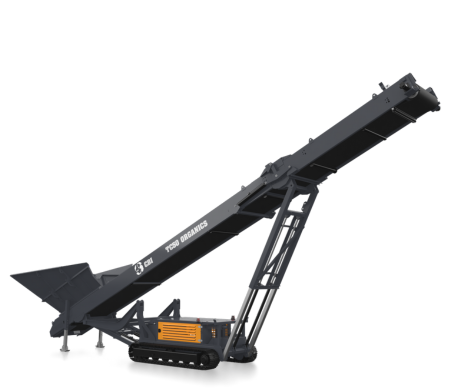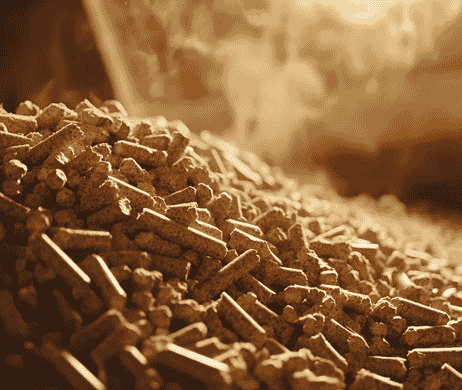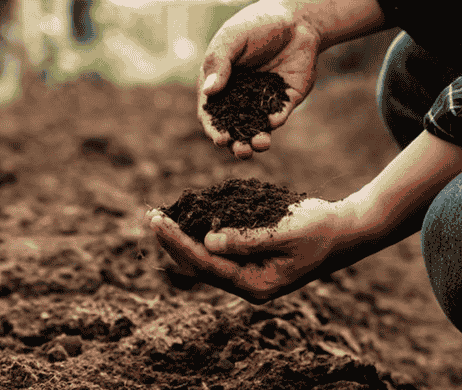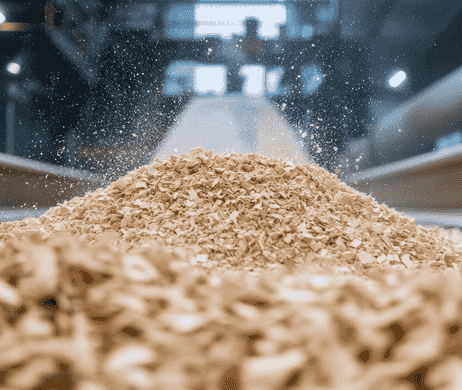

Equipment
Applications
Support
About
Contact
Find a Dealer
Equipment
Horizontal Grinders
Whole Tree Chippers
Flail Debarkers
Grizzly Mill
Stationary Systems
Screeners
Stacker Conveyors
Attachments
CBI Legacy Machines
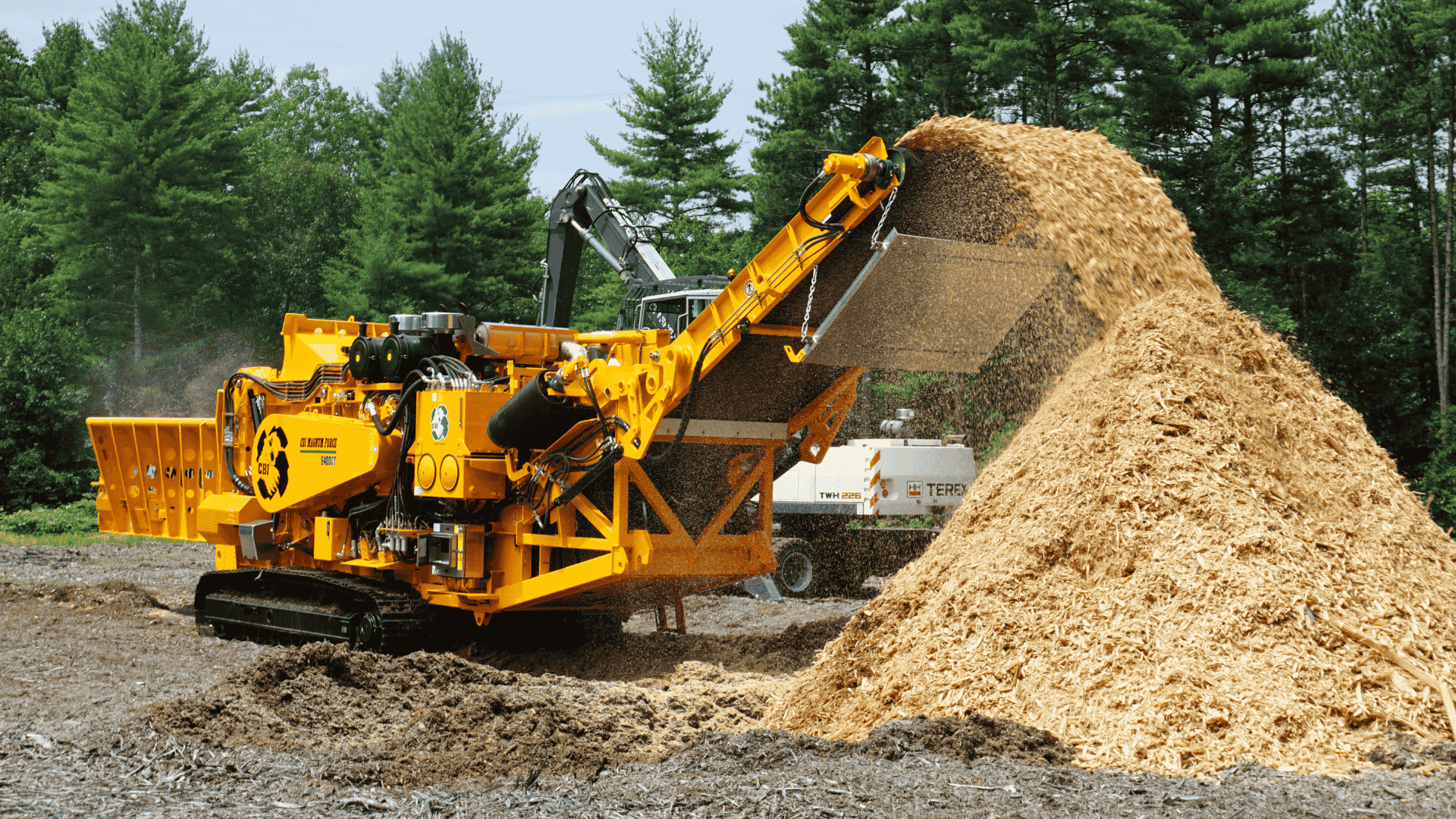
Biomass Grinders and Chippers
CBI’s biomass grinders and chippers transform wood waste into renewable fuel with maximum efficiency. Designed for high throughput and low emissions, CBI machines feature advanced rotors and cutting systems that deliver consistent fuel-grade material in a single pass. With tracked and wheeled options for on-site processing, operators save time, reduce transport costs, and support sustainable energy production.

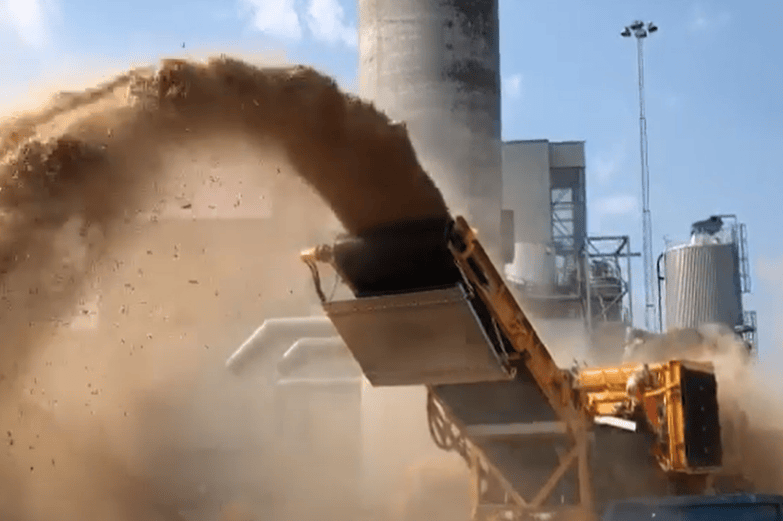

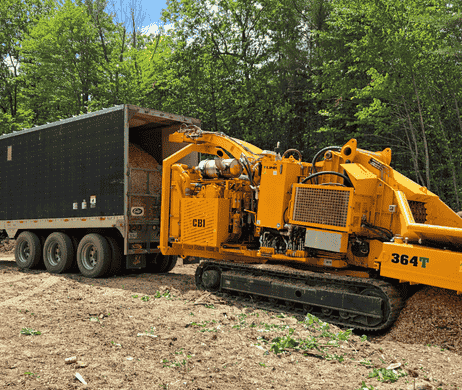
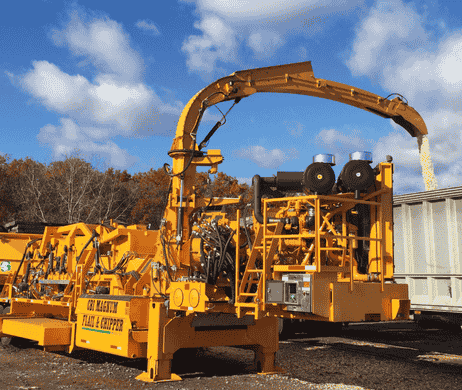

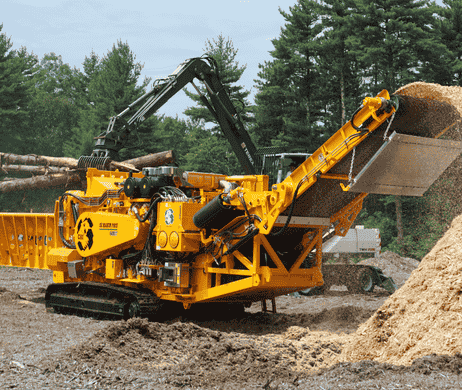
.png?sfvrsn=7e4facac_2)
